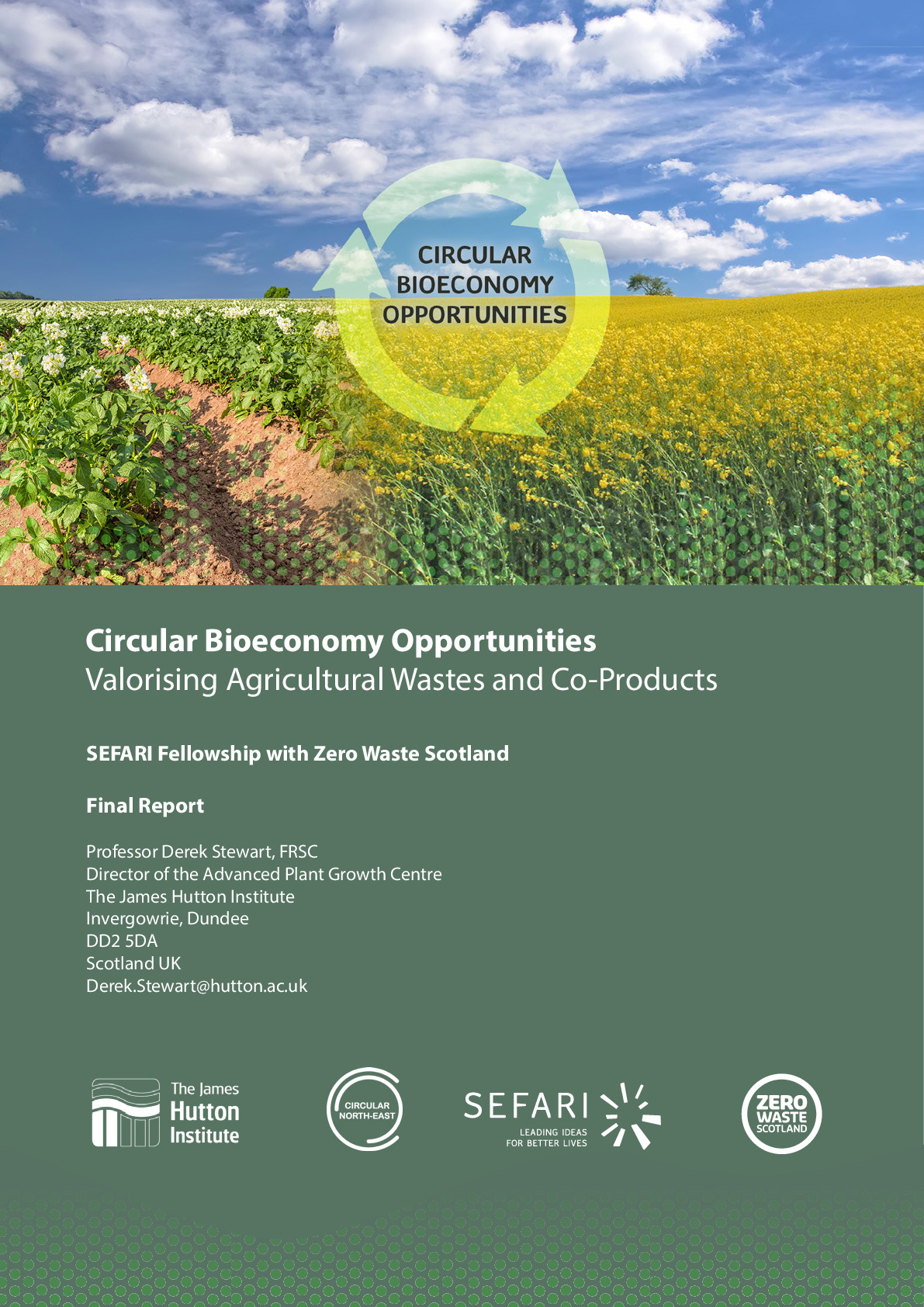Download
Description
The landscape for society, industry and policy is ever evolving but the last few decades have seen a sharpening focus on the key issues of climate change and the sustainable use of resources. This has led to the development of policies and initiatives around factors mitigating and adapting to climate change and activities, particularly industrial, that deliver equivalent or enhanced outputs but with reduced greenhouse gas emissions. All of this highlights a shift away from fossil fuel-based feedstocks and the requirement for sustainable and renewable resources and processes. This shift to alternative resources means the feedstocks will need to come from land- and marine-based systems. These new feedstocks could be grown (or harvested) or, as discussed here, be bioarisings (wastes or co-products) from established rural economy processes such as crop and animal production.
In this report we have utilised available Scottish bioarisings data for 2014 similar to that used in the Zero Waste Scotland (2017) report Biorefining Potential for Scotland to define the bioarisings available, or used in lower value uses, for “conversion to higher value products” (valorisation). This analysis examined bioarisings tonnage and location (local authority level) and, based on the macro- and microcomposition, identified viable opportunities for capturing value from these feedstocks at the (North East) Scottish level.
